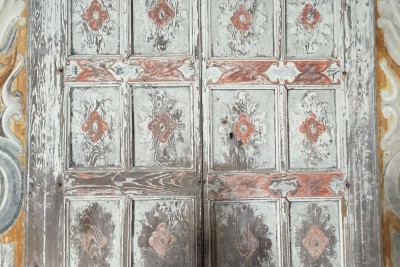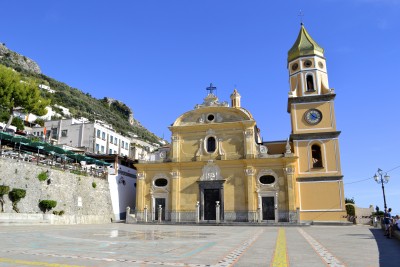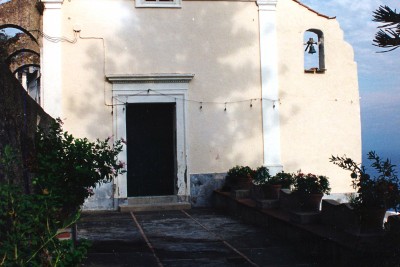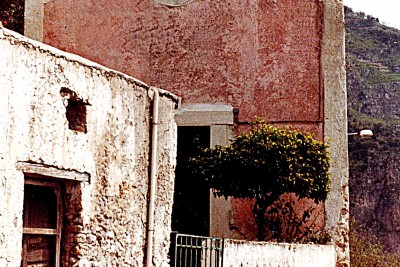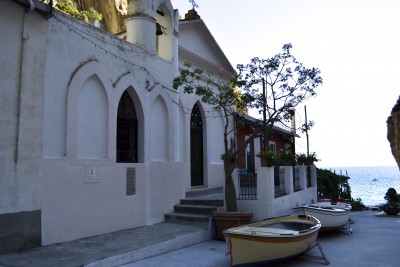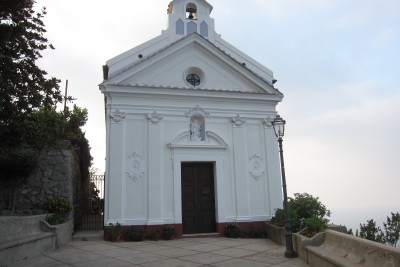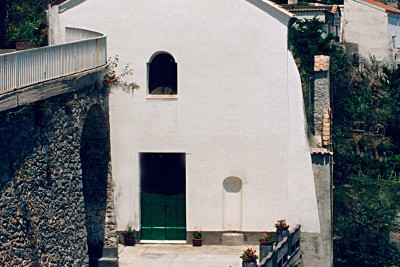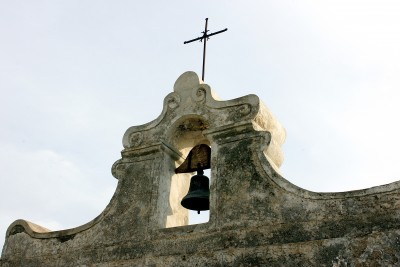A Convent in Paradise
In the XVI century, Dominican monks moved from Naples to build a convent high above the sea, on the side of a mountain, with a great view of Positano and Capri








The Church of Santa Maria a Castro rises on the side of a mountain. From its entrance you have a breathtaking view of the horizon from the Punta Campanella, with the Faraglioni of Capri, to the Li Galli islands.
The origins of the church are unknown, but the area was dedicated to worship from the earliest times for its beauty and solemnity.
The first documented evidence of its existence dates back to 1430, when the first nave on the left was built.

In 1599 the church was donated to the Dominican monks. A monastery was then built to house the monks and an altar in the church was built to honor St. Dominic.
With the establishment of the Dominican convent, multiple internal and external changes were made to the complex: the two aisles of the early church adjacent to the bell tower were closed to be used for the burial of the dead.
The church was administered by the Dominican monks until Joseph Bonaparte ordered the suppression of the Order.
The five naves of the current church were built in several stages, as was the ceiling with its vaults and barrel.
In the apse of the left nave there is a fresco of “Madonna and child”. The pivot of the composition is made up of the figure of Christ and the Madonna.

The upper part is occupied by the hieratic enthroned God the Creator, flanked by Saints Peter and Paul, and angels. At the bottom, the Virgin is represented with Child, Saints Nicholas and John the Evangelist.
In the apse of the central nave there is a fresco of the "Holy Spirit".
On the left aisle there is a decorated cabinet, or stipo.
The original nave of the primitive church is decorated with three beautiful frescos, all located in the left transept: the fresco of "The Martyrdom of St. Sebastian", a fresco of "St. Bernardino of Siena" and that of "Biblical scene depicting the burial of Jesus."
The convent, built on two levels, is inspired by the architectural forms of the typical Amalfi Coast houses: a refectory and a cistern on the ground floor, and four cells on the first floor. In one of them there are remains of a fresco of a "Crucifixion".
Watch Our Video

